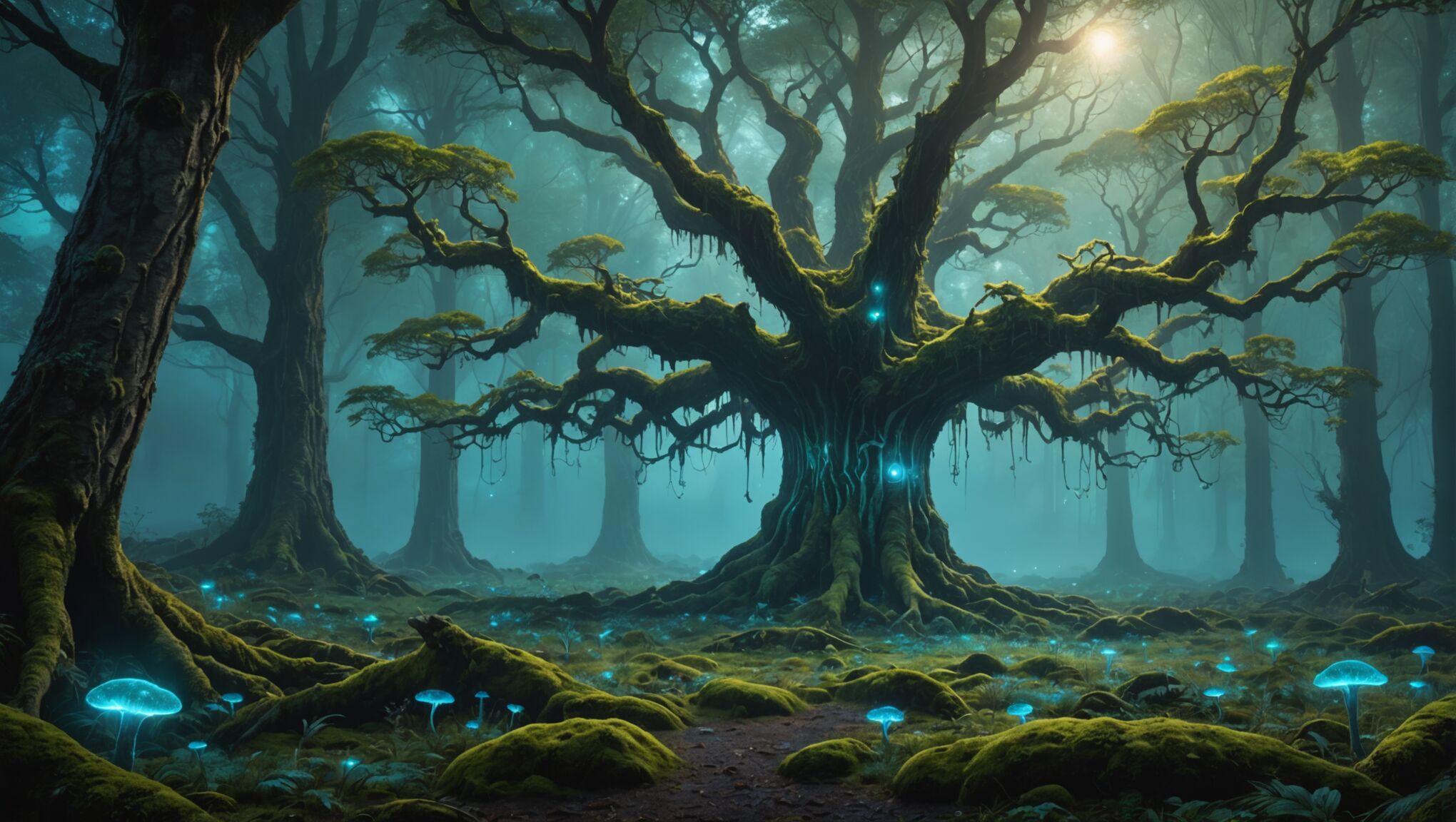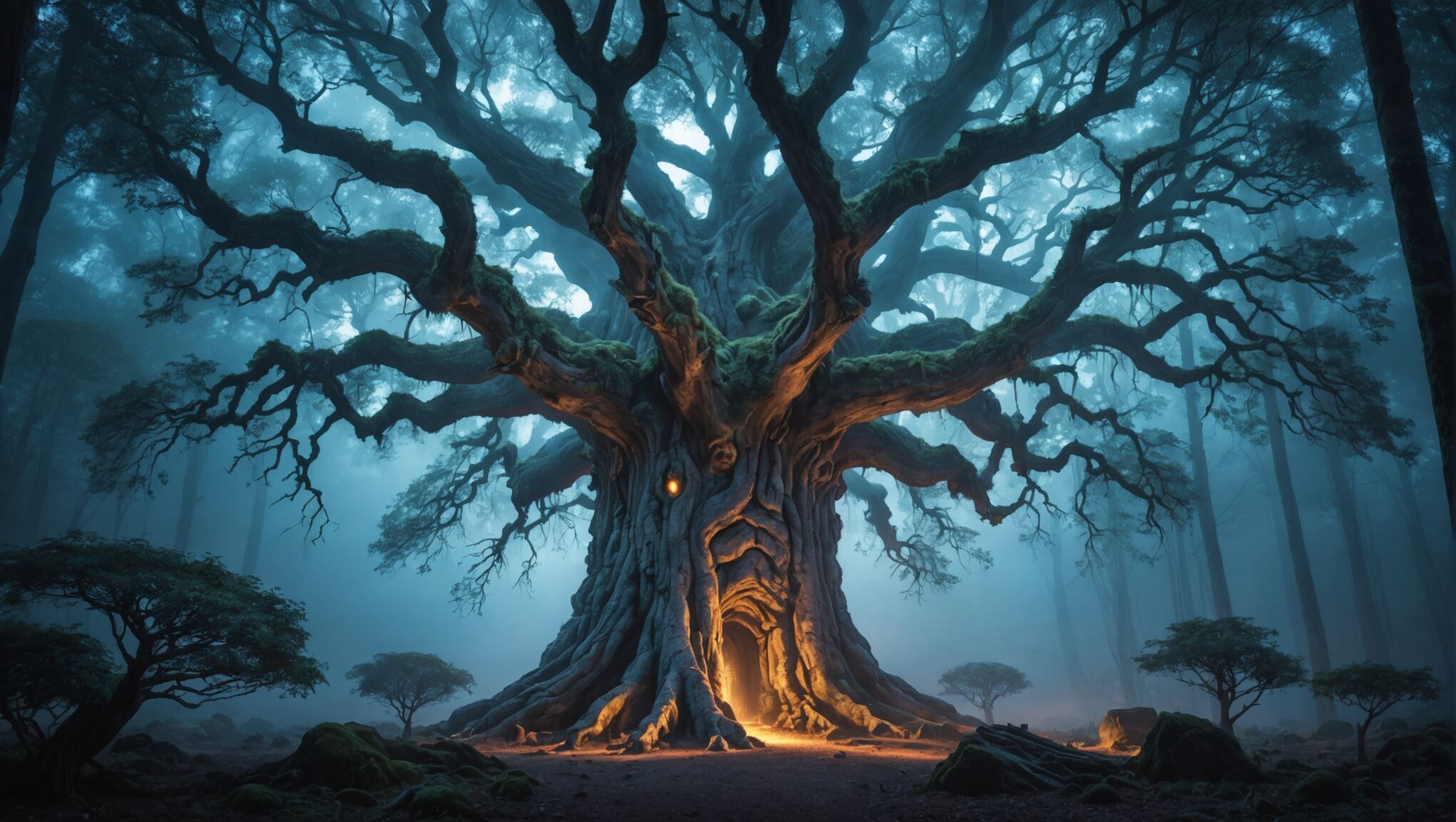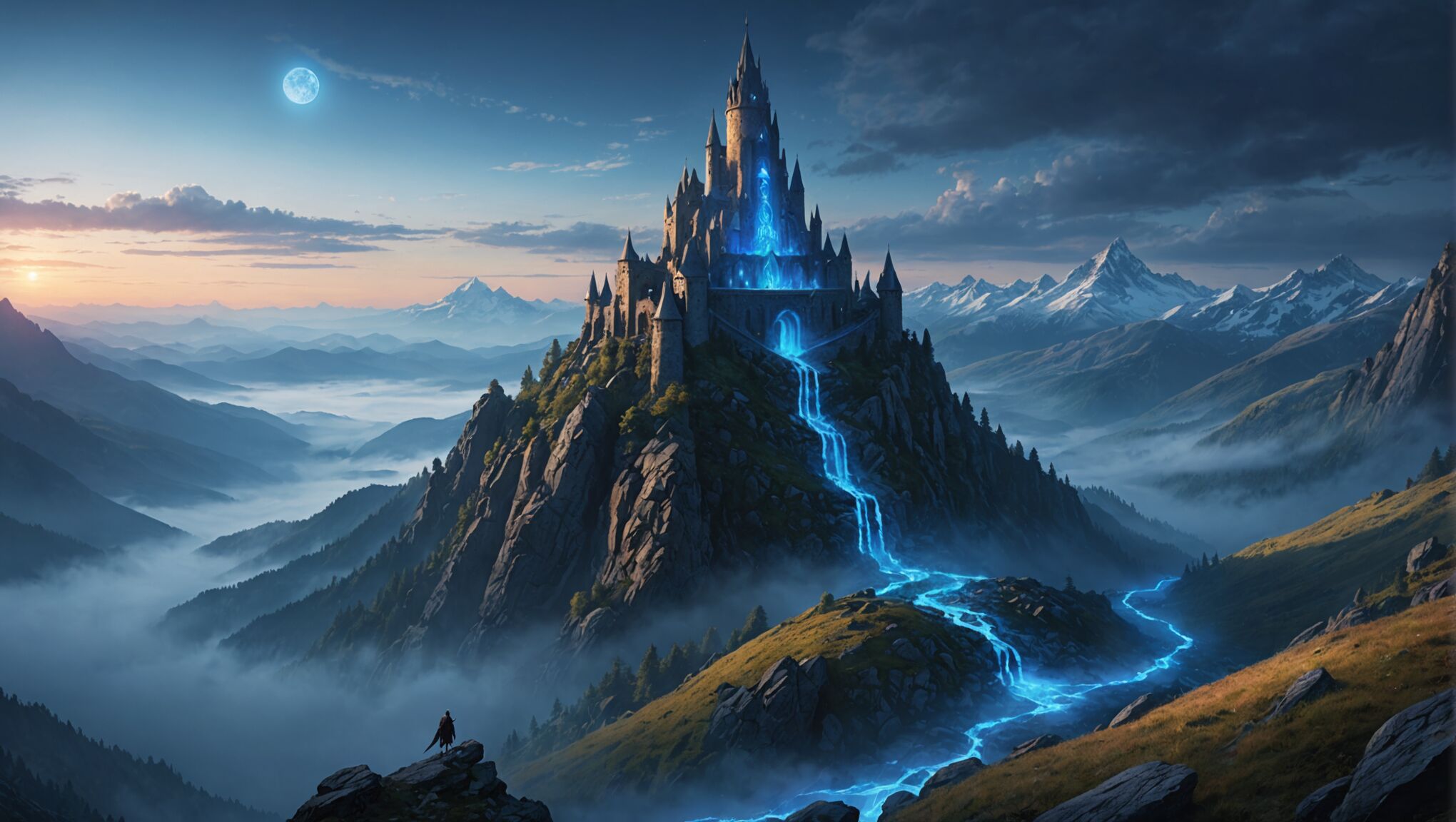blog
Capturing the Spirit of Your Fantasy World in a Single Image
Before you can visually capture your fantasy world, you must first delve deep into its core essence. This involves understanding the fundamental aspects that make your realm unique and compelling. Begin by reflecting on the central themes that permeate your world, such as the struggle between good and evil, the balance of nature and technology, or the pursuit of ancient knowledge. Consider the overarching mood and atmosphere that defines your realm – is it a place of wonder and magic, or a gritty, dangerous landscape fraught with peril? “The essence of a fantasy world lies in its ability to transport readers to a place both familiar and extraordinary.” Identify the key cultural, historical, and geographical elements that shape your world’s identity. These could include distinctive landmarks, mythical creatures, or unique magical systems. Explore the beliefs, values, and traditions of the inhabitants, as these often reflect the heart of your fantasy realm. By distilling these elements, you can create a mental image that encapsulates the spirit of your world, serving as a foundation for your visual representation.
Balancing detail and atmosphere

Striking the right balance between intricate details and overarching atmosphere is crucial when capturing your fantasy world in a single image. Too much detail can overwhelm the viewer and obscure the overall mood, while too little can leave the image feeling incomplete or generic. Begin by establishing the dominant atmosphere you want to convey – whether it’s a sense of awe, mystery, danger, or serenity. This atmospheric foundation will guide your decisions on how much detail to include and where to place it. Consider using techniques like selective focus or atmospheric perspective to draw attention to key elements while allowing others to recede into the background. Incorporate a mix of broad, sweeping elements that establish the overall tone, and finer details that reward closer inspection. For example, a misty forest scene might feature grand, silhouetted trees in the background, with more detailed flora and fauna in the foreground. Pay attention to lighting, as it plays a crucial role in setting the mood and can dramatically affect how details are perceived. Experiment with different levels of contrast and saturation to find the sweet spot that best represents your world’s essence. Remember that negative space can be just as powerful as intricate details in creating a sense of atmosphere and scale. Ultimately, the goal is to create an image that invites the viewer to explore and imagine, while still providing a cohesive and evocative representation of your fantasy realm.
Incorporating symbolism and motifs
Symbolism and motifs are powerful tools for infusing your fantasy world image with deeper meaning and narrative depth. These elements can convey complex ideas, histories, and cultural nuances without the need for explicit explanation. Begin by identifying the recurring themes and symbols that are integral to your world’s lore. These could be natural elements, celestial bodies, sacred objects, or abstract concepts that hold significance in your realm.
Consider incorporating these symbols subtly throughout your image. For instance, if your world revolves around the concept of balance between light and dark, you might depict this through the interplay of shadows and illumination across the landscape. Recurring motifs can be woven into architectural designs, clothing patterns, or even the shapes of clouds and terrain features.
Mythical creatures or beings that are emblematic of your world can serve as powerful symbolic elements. Their presence, even if subtle, can hint at the magical nature of your realm and its inhabitants. For example, a distant dragon silhouette on the horizon or a phoenix rising from a mountaintop can speak volumes about the world’s fantastical elements.
Colors can also carry symbolic weight. In many fantasy worlds, specific hues are associated with different magical schools, factions, or elemental forces. Use these color associations deliberately in your image to convey information about the world’s power structures or magical systems.
Consider the following table of common symbols and their potential meanings in fantasy contexts:
| Symbol | Potential Meaning |
| Tree of Life | Interconnectedness, wisdom, growth |
| Spirals | Time, evolution, journey |
| Crystals | Power, purity, transformation |
| Celestial bodies | Destiny, cycles, cosmic order |
Incorporate symbolism that reflects the history and conflicts of your world. Ancient ruins, battle scars on the landscape, or monuments can serve as visual cues to past events that have shaped the current state of your realm. These elements add depth and intrigue, encouraging viewers to ponder the stories behind what they see.
Remember that symbolism should enhance rather than overshadow the overall image. Subtlety is key – aim for a balance where symbols are discoverable upon closer inspection but don’t distract from the primary visual impact. This layered approach rewards viewers who take the time to explore the image in detail, while still providing an immediate and striking representation of your fantasy world.
By thoughtfully incorporating symbolism and motifs, you create an image that not only captures the visual essence of your fantasy realm but also hints at its rich tapestry of stories, beliefs, and magical underpinnings. This depth of meaning can transform a simple illustration into a window that truly invites viewers to step into your fantastical world.
Crafting a compelling focal point

A compelling focal point serves as the anchor for your fantasy world image, drawing the viewer’s eye and providing a central narrative element. To craft an effective focal point, consider what aspect of your world best encapsulates its essence. This could be a majestic castle perched atop a cliff, a mystical portal swirling with arcane energies, or an ancient tree of colossal proportions. The key is to choose something that not only stands out visually but also tells a story about your world.
Once you’ve selected your focal point, use composition techniques to emphasize its importance. The rule of thirds can be particularly effective, placing your central element at one of the intersecting points of an imaginary 3×3 grid. Alternatively, a centered composition can lend a sense of symmetry and importance to your focal point. Consider using leading lines – natural elements in the landscape such as rivers, roads, or even the arrangement of clouds – to guide the viewer’s gaze towards the main subject.
Contrast is another powerful tool for creating a compelling focal point. This can be achieved through differences in size, color, texture, or light and shadow. For instance, a dark, imposing tower set against a bright sky will naturally draw attention. Similarly, a lone figure standing in a vast, empty landscape can create a striking focal point through the contrast of scale.
Set the right tone for your readers. Check this out.
Don’t neglect the surrounding elements when crafting your focal point. These should support and enhance the main subject rather than compete with it. Use softer details, muted colors, or atmospheric effects like mist or distant haze to create depth and direct focus towards your central element. This hierarchy of detail helps create a sense of visual journey, inviting the viewer to explore the image from the focal point outwards.
Remember that your focal point should not only be visually striking but also meaningful within the context of your fantasy world. It should spark curiosity and invite questions about the realm you’ve created. A well-crafted focal point can serve as a gateway, encouraging viewers to imagine the stories and adventures that might unfold in this fantastic setting.

